The joining (annexation) of Ukraine’s occupied territories to the Russian Federation represents the third Rubicon for Russian President Vladimir Putin. This time, there will be no turning back. So how did we get here, what happens next and can the risk of all-out nuclear war be stopped?
The First Rubicon – Annexation of Crimea
March 18, 2014
This act saw the beginning of a hybrid war against Ukraine. With that, he took his first steps to restoring the Russian Empire, destroying the international legal system and replacing the rule of law with the rule of force.
Unfortunately, the West did not realize this in time and tried to negotiate with Putin, at least concerning Donbas, and forcing Ukraine to do the same. Eventually, this led to further aggressive actions by the Russian leader.
The Second Rubicon – Full-scale war against Ukraine
Feb. 24, 2022
This is when the West came to its senses, though not immediately and not completely. Gradually, it became clear that Putin had to be stopped for fear he would go further.
Despite this, many Western leaders still fear a direct military confrontation with Putin. The problem is that there can be no security for Ukraine and the West as long as Putin remains the leader of Russia and the current political regime remains in place.
However, Western leaders (not to mention the entire world community) do not have complete unity in answering the question: how to stop Putin and how to respond to further aggressive acts?
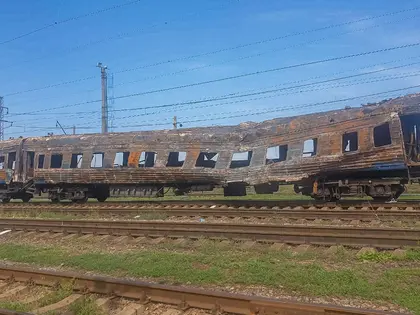
Russia Striking Ukraine Railways to 'Paralyse' Army Cargo: Ukraine Source
The Third Rubicon – Annexation of four more Ukrainian regions
Sep. 30, 2022
At this point, the war between Russia and Ukraine became uncompromising. In annexing more territory through sham referenda, Putin destroyed the last opportunity to reach at least some form of compromise and conclude at least a truce. In doing so, he crushed the very prospect of a peaceful settlement of the military-political confrontation between Russia and Ukraine.
Moreover, in his “solemn” speech on Sep. 30, the Russian leader actually declared a “crusade” against the West, NATO and democratic values. This is the rhetoric of a world war. And it should be taken seriously. Let me remind you that the war against our country was also preceded by “hate speeches” against Ukraine.
As evidenced by the lines Putin has crossed, verbal threats become rhetorical ultimatums. He tries to intimidate and force concessions by taking aggressive actions, including military ones.
But this is not yet the final Rubicon. The further it goes, the fewer opportunities for any civilized settlement involved in the current military confrontation. The more Putin raises the stakes in the war against Ukraine and in his confrontation with the West, the less space he has for political maneuver. The logic of fatalism will then begin to work with increasing force, leading him into a trap from which there is no way out.
What happens next?
Looking ahead, Putin is approaching the most dangerous and possibly fatal red line – the use of nuclear weapons.
In the coming months, most likely until the end of the winter period, Putin will try to solve his military and political tasks in Ukraine by escalating the conflict with the aid of conventional weapons and new waves of mobilization. In the meantime, the tools of hybrid warfare (provoking an energy crisis, socio-economic problems, political instability, etc.) have already been used against the West – mainly against the EU and NATO on the European continent.
In mid-November, Indonesia will host the G-20 summit – a meeting of leaders from the 20 richest nations. For the first time since the war between Ukraine and Russia began, a direct meeting of leaders from the most influential countries in the world, including the U.S., Russia, China, and the EU, may take place.
Ukraine’s President Volodymyr Zelensky is also invited to participate in this summit. Putin clearly wants to use this opportunity to negotiate peace on his own terms (cessation of hostilities and maintaining the occupation of part of Ukrainian territories). But neither Ukraine nor our international partners will agree to this. The Kremlin understands this, so it wants to frighten everyone with the risk of escalating the conflict and the use of tactical nuclear weapons. This is what various “leaks” of information are aimed at – the Russian “nuclear train” moving to the border with Ukraine, and the Russian nuclear submarine with a super torpedo.
Western leaders, and perhaps most participants of this summit, will demand guarantees from Putin of non-use of nuclear weapons, even tactical ones. After all, this is a collective risk. However, the likelihood of reaching any compromise on these issues still looks unlikely given the position of the Russian president and the cardinal opposing interests of the conflicting parties.
If Putin fails to succeed in persuading the West and Ukraine to agree to peace on his terms, and fails to turn the course of the war in his favor, what will be left for him?
Based on the logic of his actions to date and the current state of affairs in Russia, only two scenarios will be acceptable and realistic for the Russian president: 1) to turn the war in Ukraine into a long-term positional phase; or 2) to raise the stakes again and influence the West and Ukraine by demonstrative use of tactical nuclear weapons.
The second scenario is very dangerous, but not an apocalyptic one. Even if the Russians were to make several strikes using tactical nuclear weapons, it would not lead to the destruction of the Ukrainian army or the country. The military effect of such strikes would be limited, but the political and psychological consequences would be enormous.
The war would inevitably then move to the territory of the Russian Federation, with all possible means of destruction being waged. The war would then become total and ruthless. It would herald a powerful military and political reaction from the U.S. and NATO, with staggering and unpredictable consequences within Russia itself.
The main risk of this scenario is that Putin’s nuclear venture brings the world closer to a global nuclear war. For this reason, the West, and possibly China, must take preventive measures aimed at preventing the implementation of such an apocalyptic scenario. Perhaps in Russia by that time there will be certain changes that significantly reduce the fatal threats to Russians posed by the current Kremlin leadership.
The views expressed are the author’s and not necessarily of Kyiv Post.
You can also highlight the text and press Ctrl + Enter


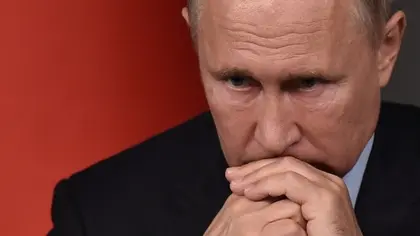
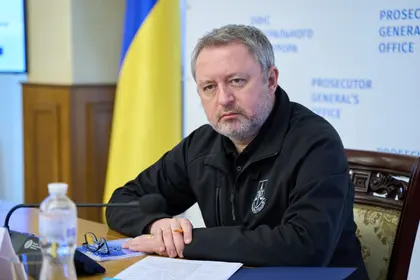
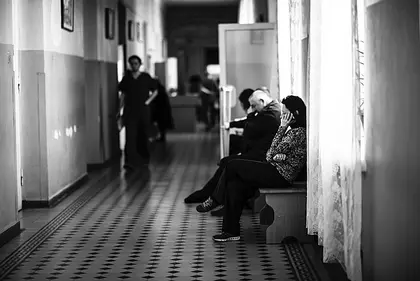
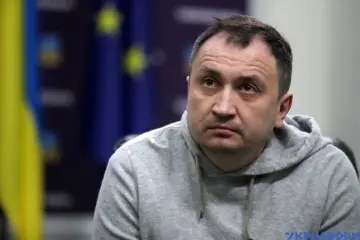
Comments (0)